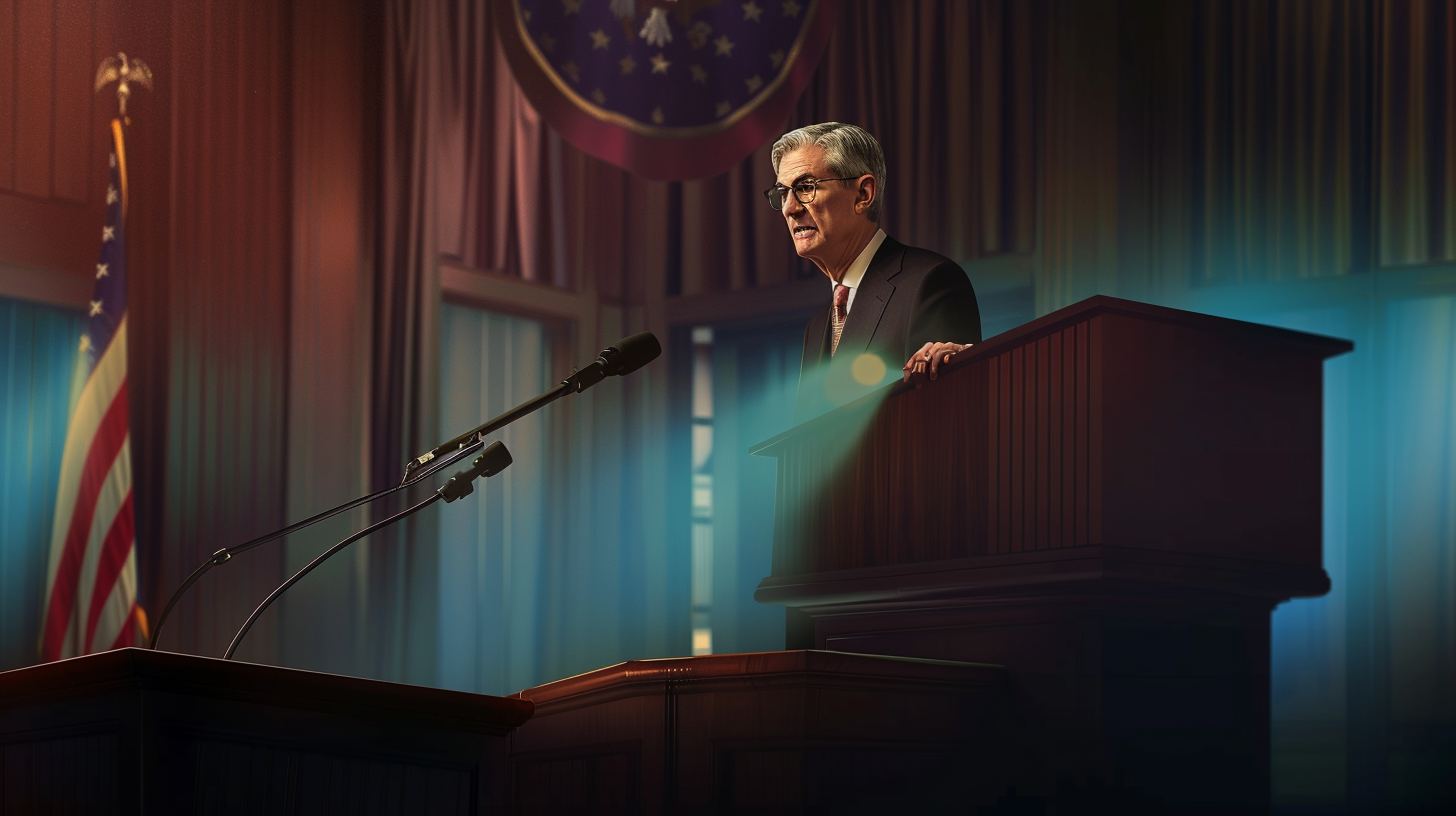U.S. jobless claims unexpectedly declined last week, signaling continued resilience in the labor market even as hiring has slowed and the Federal Reserve keeps a close eye on economic momentum.
Initial claims for unemployment benefits totaled a seasonally adjusted 218,000 for the week ending Sept. 20, according to the Labor Department. That was a drop of 14,000 from the prior week’s upwardly revised level and came in well below the consensus forecast of 235,000. Continuing claims, which measure those still receiving benefits, edged slightly lower to 1.926 million.
The latest claims figures arrive against a backdrop of uncertainty about the economy’s trajectory. Payroll growth has cooled, and job openings remain at multiyear lows. The Fed recently responded by cutting its benchmark borrowing rate by a quarter percentage point to a range of 4% to 4.25%, its first reduction of 2025. Policymakers cited rising risks to employment as one factor behind the decision.
Still, the claims data suggests companies remain hesitant to lay off workers despite a noticeable pullback in hiring. Volatility in weekly figures continues, with Texas accounting for a sizable portion of recent swings, but the broader picture points to a labor market that is holding firmer than many expected.
Beyond the employment data, Thursday also brought signs of strength in other corners of the economy. Gross domestic product for the second quarter was revised sharply higher to an annualized gain of 3.8%. That marked a half-point improvement from the prior estimate and reflected stronger consumer spending than initially reported. Personal consumption, which makes up about two-thirds of U.S. economic activity, rose at a 2.5% pace, well above earlier estimates and the tepid 0.6% increase seen in the first quarter.
Durable goods orders added to the positive picture. Purchases of long-lasting items such as appliances, aircraft, and computers climbed 2.9% in August, defying forecasts for a decline and reversing a steep drop from July. Even excluding transportation equipment, orders grew 0.4% in the month and 1.9% when defense-related spending was excluded, underscoring broad-based demand.
The housing sector, which has been under pressure from higher borrowing costs, also showed signs of improvement. Sales of newly built homes jumped 20.5% in August, the largest monthly gain since early 2022. Existing home sales came in slightly ahead of expectations at an annualized rate of 4 million.
Taken together, the data paints a picture of an economy that continues to expand despite headwinds from tighter credit conditions, shifting trade policies, and global geopolitical challenges. Markets currently anticipate that the Fed will follow through with two more rate cuts before the end of the year, at its October and December meetings.
While policymakers acknowledge that growth is being restrained by elevated borrowing costs, they also see resilience across consumer spending, business investment, and labor markets. That combination has kept the outlook more balanced than some had feared heading into the final stretch of 2025.












